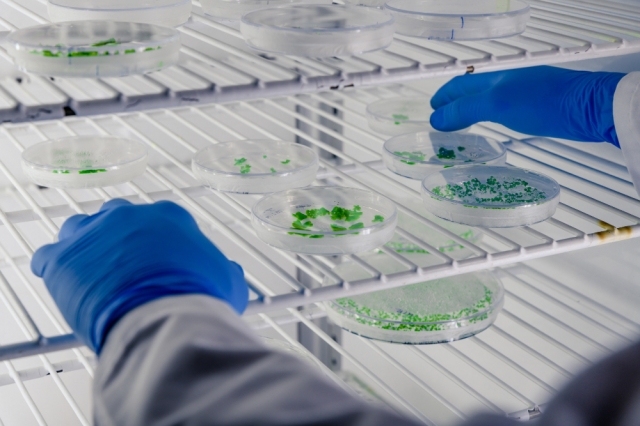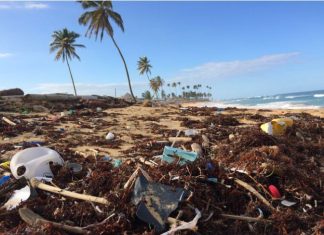Environmental laboratories monitor and analyze a wide range of pollutants. Of all the methods employed, purge and trap gas chromatography (GC) is one of the most accurate. This approach accurately finds VOCs in various samples. Accurate knowledge about its applications aids laboratories in upholding the required standards in environmental analysis.
What Do You Mean by Purge and Trap GC?
Purge trap GC is a method for isolating and identifying volatile substances. This involves the use of an inert gas to purge a sample to elute the VOCs. These substances get trapped in an absorbent material. After being captured, the material is heated to drive the compounds into a gas chromatograph to be analyzed. This approach is especially effective when working with low VOC concentrations. The sensitivity of the method makes it indispensable in environmental studies.
Usage Areas of Water Testing
Good water quality is equally important for humans and ecosystems. Purge and trap GC is most often employed to study drinking water, groundwater, and wastewater. It helps identify contaminants like benzene, toluene, and other harmful pollutants. As long as these substances are detected at low levels, the safety of the water sources can be ensured. For instance, in wastewater treatment plants, it can be used to assess the efficiency of purification processes. Frequent testing can help ensure that toxic metals are eradicated before the water is released back into the ecosystem.
Air Quality Monitoring
Air pollution is a serious issue in several places. Purge and trap GC helps analyze air samples for volatile organic compounds (VOCs). This analysis assists in the detection of pollutants produced by various sources, such as industrial emissions and vehicle exhaust. Such emissions help policymakers find ways to improve air quality. This technique has been in regular use by environmental agencies as well as academia for the past 3 decades as part of a routine air monitoring system. Rules and regulations are ultimately developed based on the data collected to provide people with a healthier state of living.
Soil and Sediment Analysis
Contaminated soil and sediment harm agriculture and wildlife. Such compounds can be detected by Purge and trap GC in these matrices. It senses hydrocarbons and other volatile compounds that could infiltrate the soil due to industrial activities or unforeseen spills. When conducted regularly, soil tests can highlight how much soil is contaminated. This information is critical for remediation to ensure that the land is productive and safe.
Industrial Applications
Purge and trap GC is used in several industries for environmental monitoring. With the help of emissions and discharges, companies can ensure compliance with environmental regulations. Not only does this ensure the protection of the environment, but it also helps keep the company's reputation intact. This technique also helps implement quality control processes in manufacturing. Industries use it to test raw materials and the end product to make sure that the processes are refined with the least possible release of harmful compounds.
Research and Development
Purge and trap GC is not exclusive to regular monitoring. Research and development are other significant areas in which this plays a role. Environmental scientists use this method to investigate new environmental pollutants and their effects on ecosystems. The research is essential for creating new pollution control methods and regulations. In addition, this technique is also used by learning institutions for educational purposes. Understanding its applications and limitations is invaluable for students and researchers alike.
Purge and Trap GC Advantages
There are many benefits of the purge and trap GC method. It is sensitive enough to detect even small traces of VOC, so that we can perform a full analysis. It is also easy to reproduce with consistent results. This method can be automated so that laboratories can increase productivity by automating the handling of samples and other lab materials, which reduces human errors and increases throughput, thereby enabling labs to process a higher sample volume with minimal labor involved.
Key Considerations
Even though it offers several advantages, no single method is completely free of hurdles and challenges, and purge and trap GC is certainly no exception. It is expensive to set up initially, and has to be properly operated and trained. However, this plays a huge role in preventing inaccurate results due to improper maintenance. It is also necessary to evaluate the type of samples that a laboratory analyzes. Purge and trap GC does not apply to all samples, and the limitations encountered during testing are important considerations.
Conclusion
The purge and trap GC method is a workhorse in the environmental lab. Its extensive usability is evident from its application in water, air, and soil analysis. As such, it helps ensure the safety of the environment, which ranges from routine monitoring to research. When laboratories are aware of the advantages and challenges, they can establish an ideal pipeline. In this way, they can continue being constant sources of valuable information to help protect and conserve natural resources.






